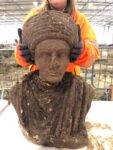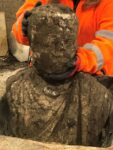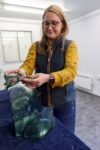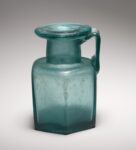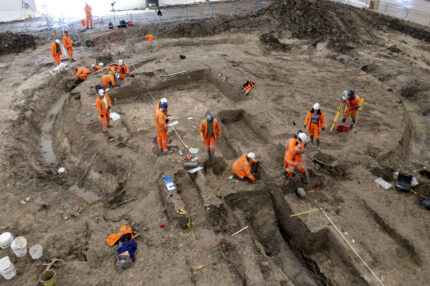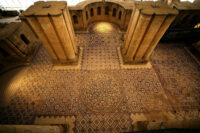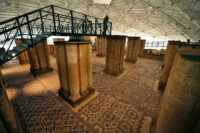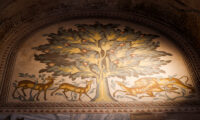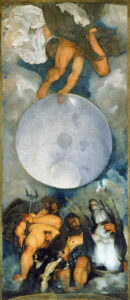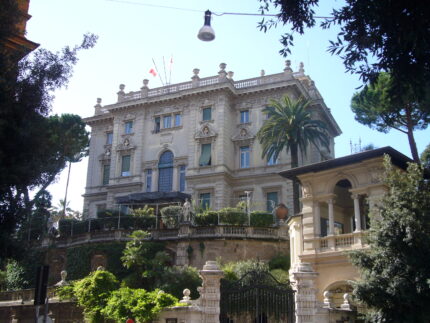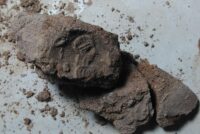 Archaeologists have discovered the clay seal of a female official of the Hittite Empire at the site of the ancient city of Karkemish, modern-day Karkamış, Gaziantep Province, southeastern Turkey. The seal dates to 1225 B.C., the Late Bronze Age, and sheds new light on the role of women in Hittite government.
Archaeologists have discovered the clay seal of a female official of the Hittite Empire at the site of the ancient city of Karkemish, modern-day Karkamış, Gaziantep Province, southeastern Turkey. The seal dates to 1225 B.C., the Late Bronze Age, and sheds new light on the role of women in Hittite government.
Located on the west bank of the Euphrates, Karkemish was a pivotal point on the trade routes linking the Hittite Empire to the Assyrian Empire. It was the Hittite Empire’s most important government administration center. 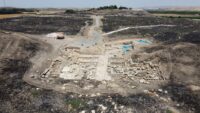 First excavated in the late 19th and early 20th centuries by British Museum archaeologists including by Leonard Woolley and T.E. Lawrence in the two years before World War I, since 2011 it has been excavated by a joint Turkish and Italian team led by University of Bologna archaeologist Nicolo Marchetti.
First excavated in the late 19th and early 20th centuries by British Museum archaeologists including by Leonard Woolley and T.E. Lawrence in the two years before World War I, since 2011 it has been excavated by a joint Turkish and Italian team led by University of Bologna archaeologist Nicolo Marchetti.
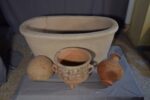 The excavation revealed hundreds of clay seals and impressions in a structure dubbed the “Seal House.” They belonged to the highest officials in the state and were arranged in order of the officials’ position in the hierarchy. Two thirds of them were found to be impressions from the seal of an administrator named Matiya.
The excavation revealed hundreds of clay seals and impressions in a structure dubbed the “Seal House.” They belonged to the highest officials in the state and were arranged in order of the officials’ position in the hierarchy. Two thirds of them were found to be impressions from the seal of an administrator named Matiya.
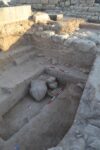 Another notable name found on a bulla is that of Pirandu, a wealthy merchant from the Middle Assyrian Kingdom (1392 B.C.-934 B.C.). The presence of Pirandu’s name in the records of the Hittite administrative center adds new information to our understanding of Hittite-Assyrian relations during the period of the former’s collapse and the latter’s ascendance.
Another notable name found on a bulla is that of Pirandu, a wealthy merchant from the Middle Assyrian Kingdom (1392 B.C.-934 B.C.). The presence of Pirandu’s name in the records of the Hittite administrative center adds new information to our understanding of Hittite-Assyrian relations during the period of the former’s collapse and the latter’s ascendance.
The past two season’s excavations also explored an Iron Age cemetery beneath the modern cemetery. It was a salvage operation to prevent 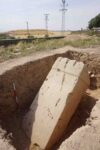 damage to the archaeological layers from digging above them. Graves and goods from the 7th and 8th centuries B.C. have been unearthed there, including a notable calcite funerary stele dedicated to a man named Sanai from the reign of King Kamami, the “Country-Lord,” aka local ruler of Karkemish and Melid (modern-day Arslantepe) in the first half of the 8th century B.C.
damage to the archaeological layers from digging above them. Graves and goods from the 7th and 8th centuries B.C. have been unearthed there, including a notable calcite funerary stele dedicated to a man named Sanai from the reign of King Kamami, the “Country-Lord,” aka local ruler of Karkemish and Melid (modern-day Arslantepe) in the first half of the 8th century B.C.
